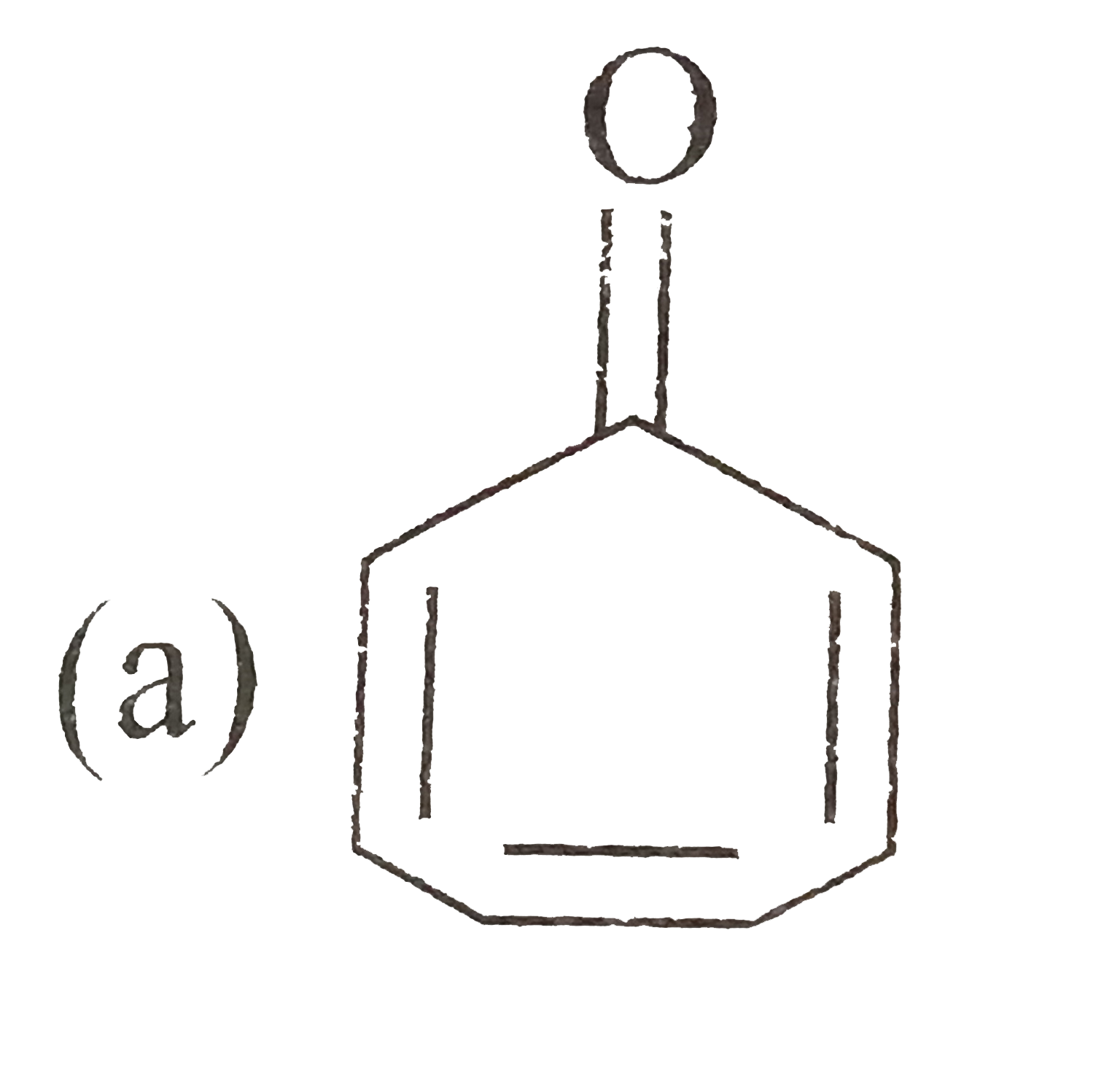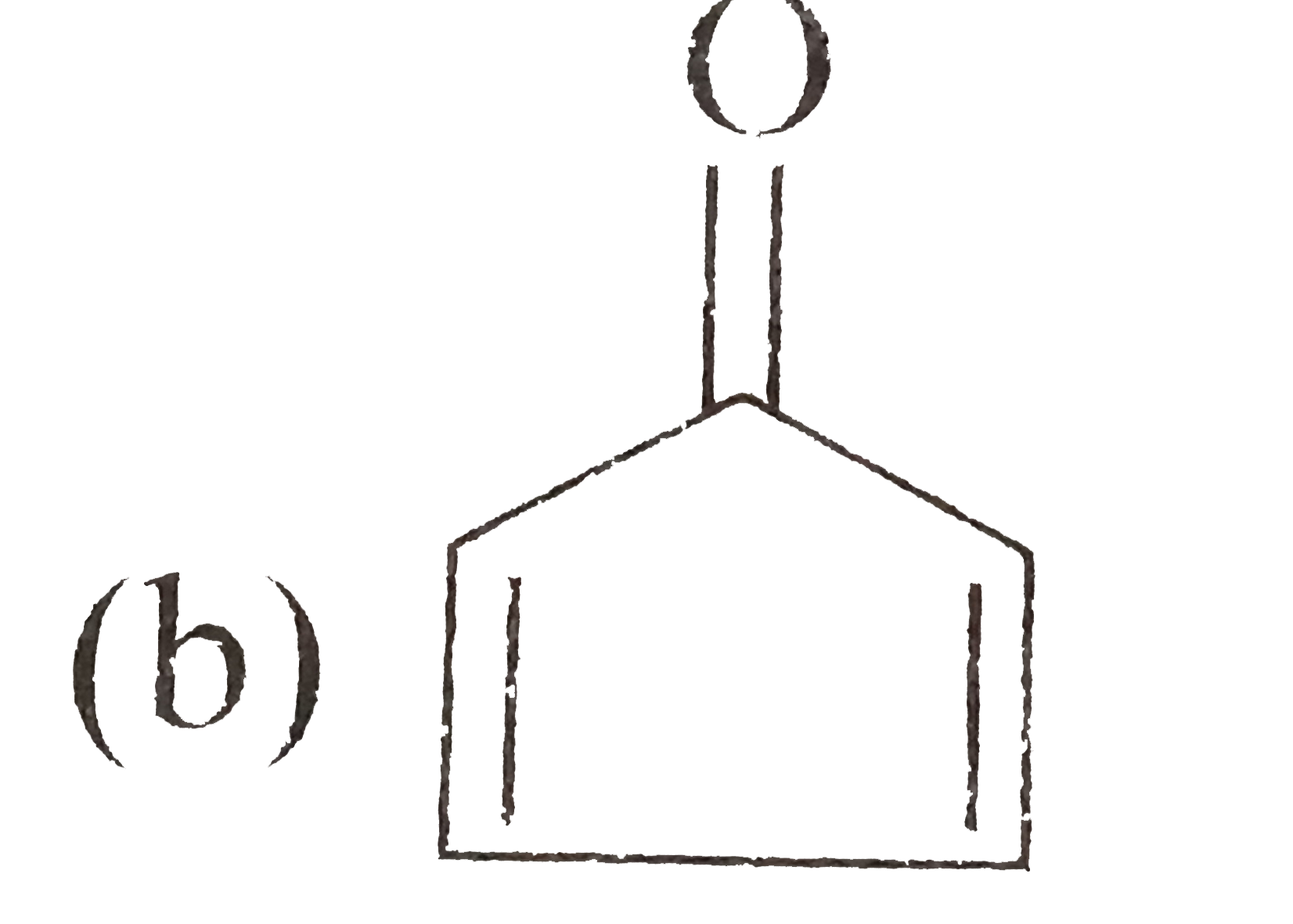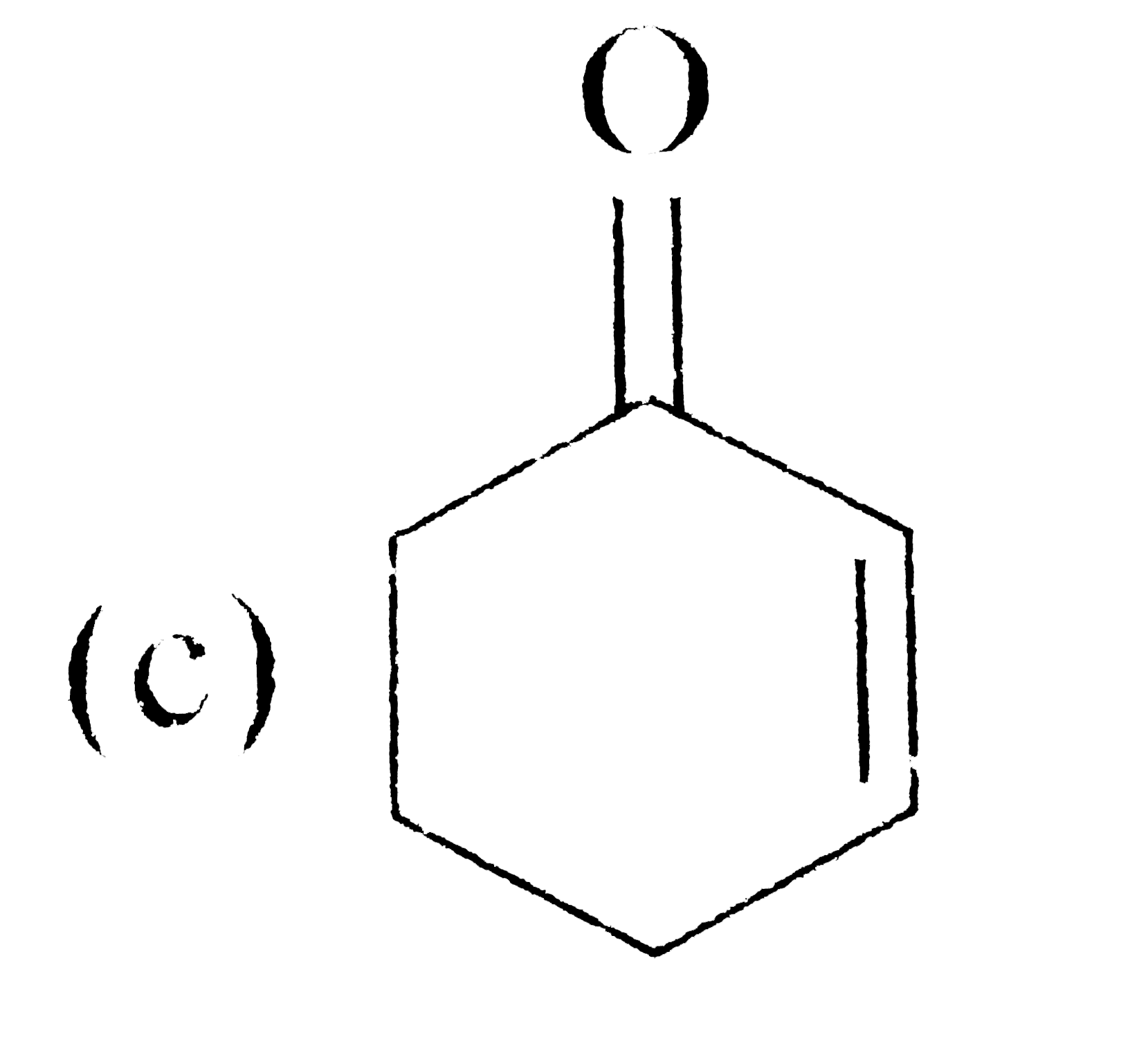Give reasons for the following :
(t) Ethyl iodide undergoes SN2 reaction faster than ethyl bromide.
(ii) (±) 2-Butanol is optically inactive.
(iii) C- X bond length in halobenzene is smaller than C-X bond length in CH3−X.
(i) Ethyl iodide I− ion is better leaving group than Br− ion, therefore, ethyl iodide reacts faster than ethyl bromide in SN2 reaction with OH− ion.
Topper's Solved these Questions
Similar Questions
Give reasons for the following:
(i) Ethyl iodide undergoes SN2 reaction faster than ethyl bromide.
(ii) (±) 2-Butanol is optically active.
(iii) C - X bond length in halobenzene is smaller than C - X bond length in CH3−X.View SolutionGive reasons:
(i). C−Cl bond length in chlorobenzene is shorter than C−Cl bond length in CH3−Cl
(ii). The dipole moment of chlorobenzene is less than of cyclohexyl chloride.
(c). SN1 reactions are are accompanied by racemisation is optically active alkyl halides.View Solution
Knowledge Check
- Question 1 - Select One
The decreasing order of C-X bond length in CH3−X is
ACH2I>CH3Br>CH3Cl>CH3FBCH3F>CH3Cl>CH3Br>CH3ICCH3F>CH3Cl>CH3I>CH3BrDCH3I>CH3Cl>CH3F>CH3Br - Question 2 - Select One or More
Which of the following have larger C-O bond length than C-O bond length of
CH3−O∣∣C−CH3?A B
B C
C D
D
- Question 3 - Select One
Assertion :- Bond energy of F2 is less than Cl2.
Reason :- Bond length of F2 is smaller than Cl2.AIf both Assertion & Reason are True & the Reason is a correct explanation of the Assertion.BIf both Assertion & Reason are True but Reason is not a correct explanation of the Assertion.CIf Assertion is True but the Reason is False.DIf both Assertion & Reason are False.
Give reasons :
C-Cl bond length in chlorobenzene is shorter than C -- Cl bond length in CH3−Cl.View SolutionGive reasons for the following:
CH2=CHΘ is more basic than HC≡CΘView SolutionGive reasons for the following:
CH2=CHΘ is more basic than HC≡CΘView SolutionGive reasons for the following :
C−OH bond length in CH3OH is slightly more than C−OH bond length in phenol.View SolutionAccount for the following :
(i) PCl5 is more covalent than PCl3.
(ii) Iron on reaction with HCl forms FeCl2 and not FeCl3.
(iii) The two O-O bond lengths in the ozone molecule are equal.View Solution

